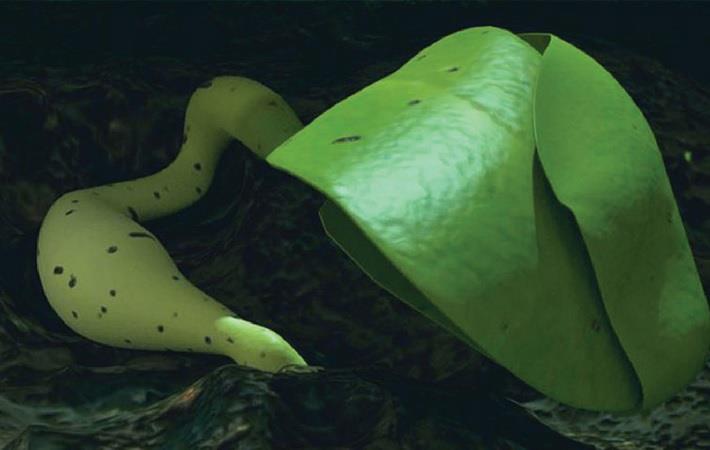
China has succeeded in raising cotton on the dark side of the Moon. This experiment was part of the country’s Chang’e 4 project. A cotton seed in the spacecraft had sprouted in January 2019. Among the spacecraft’s payload is a 2.6-kg mini-biosphere called the Lunar Micro Ecosystem (LME). The LME carried six life forms—cotton seeds, potato seeds, rape seeds, yeast, fruit fly eggs and Arabidopsis thaliana, a common hardy weed—kept in mostly Earth-like conditions except for micro-gravity and lunar radiation…
Deakin University develops recycling process for cotton
Scientists at Deakin University have developed a recycling process to produce high-quality cellulose from cotton. The regenerated cellulose can be used in textile manufacturing, production of cellophane and paper, insulation and filtration, or for biomedical applications such as drug delivery and tissue engineering. The chemical-based recycling process has been developed at the Institute for Frontier Materials. The solution for recycling textiles involves dissolving cotton and regenerating it into brand-new cellulose – a complex, strong carbohydrate with many industrial uses. The recycling process dissolves the cotton waste and regenerates it as cellulose. Even cotton-blended fabrics, such as cotton-polyester blends, can be recycled in this process, so nothing goes to waste.
Nankai University researchers make artificial spider silk
Japanese firms make jacket with synthetic protein textile
Iowa State University uses coffee grounds to make dye
Iowa State University scientists have found a natural way to colour clothing. They have been able to colour fabric using the leftover coffee grounds. The textile industry uses more than two million tonnes of chemicals and synthetic dyes annually, which pollute the environment. This has led scientific community to work on finding sustainable alternatives. Researcher Changhyun Nam dried coffee grounds for three days before boiling them with purified water to extract the dye. He then tested it on cotton, linen, rayon, silk and polyester using different mordants, which help the dye bond to the fabric and, as a result, created a greater variety in shades of brown.
To read more subscribe to January 2020 edition of Fibre2Fashion.
For queries & brickbats, write to: richabansal@fibre2fashion.com
Fibre2Fashion News Desk (RKS)